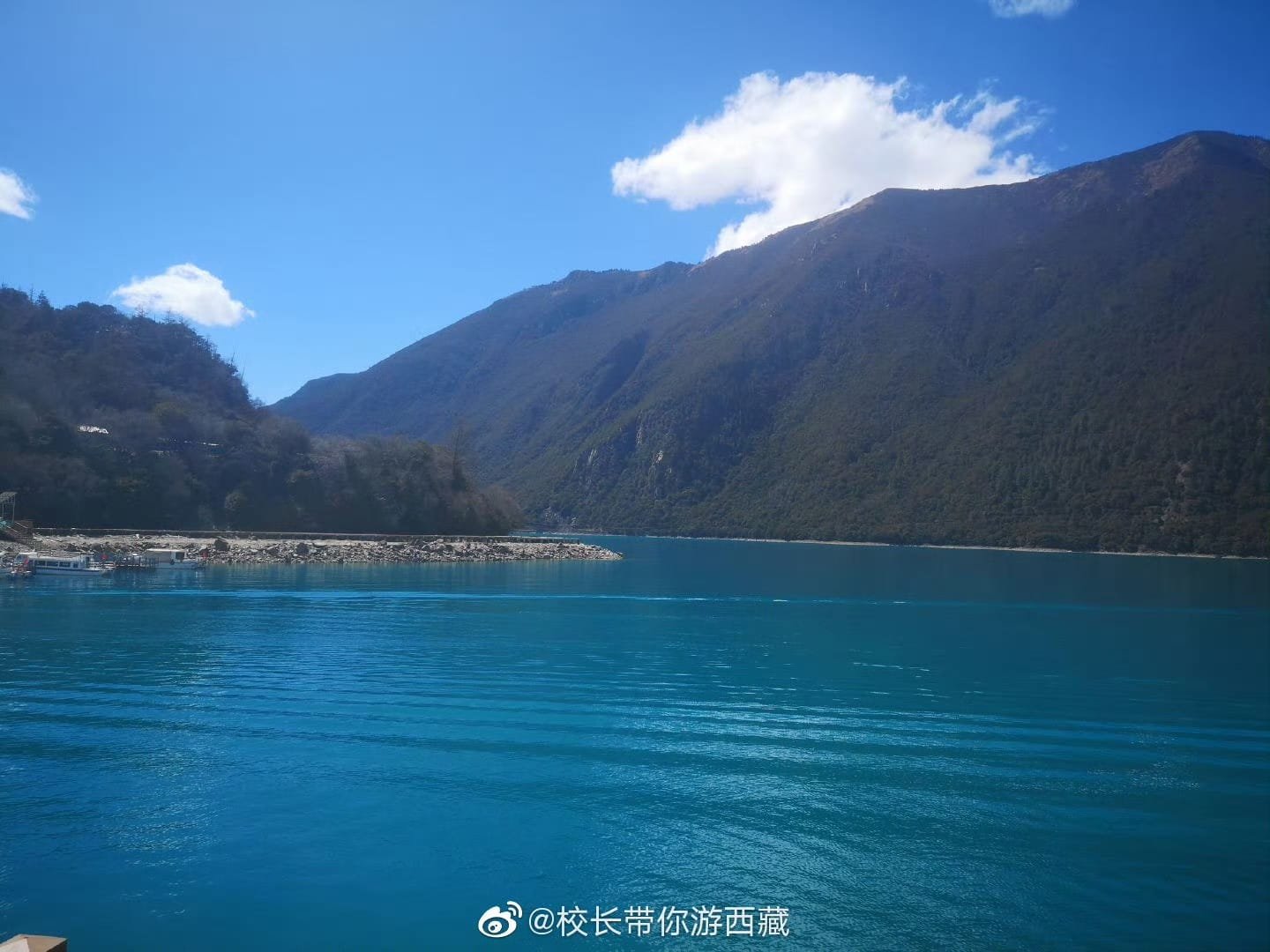Introduction to Tachu River
The Tachu River (Daqu, 打曲, རྟ་ཆུ་), also known as the “Horse River,” flows through Dingqing County (丁青县, སྟེང་ཆེན་རྫོང་།) in eastern Tibet, playing a vital role in the region’s pastoral economy and diverse ecosystem. The river derives its name from a mountain at its source that resembles a horse, adding cultural and spiritual significance to this essential waterway.
Geographical Features of Tachu River
Located in the southeastern part of Dingqing County, the Tachu River meanders through breathtaking landscapes of rolling hills and expansive grasslands, serving as a key natural resource for local communities.
- Location: Southeastern Dingqing County (丁青县, སྟེང་ཆེན་རྫོང་།), Tibet
- Surrounding Landscape: Vast grasslands, high-altitude pastures, and wetland ecosystems
- Source: A horse-shaped mountain
Ecological and Pastoral Importance
The Tachu River (Daqu, 打曲, རྟ་ཆུ་) basin is a crucial grazing ground for Tibetan nomads, supporting livestock that are integral to the local economy.
Key Livestock Sustained by the River’s Pastures:
- Yaks (牦牛) – The foundation of Tibetan herding culture, providing milk, meat, and wool
- Dzo (犏牛) – A hybrid of yaks and cattle, valued for their strength and resilience
- Highland Cattle (黄牛) – Well adapted to Tibet’s rugged climate and terrain
- Tibetan Sheep (藏系绵羊) – Prized for their wool and high-altitude endurance
The lush grasslands nourished by the river ensure the continuation of traditional Tibetan herding practices, forming the backbone of the local pastoral economy.
Agricultural and Ecological Contributions
Beyond its pastoral significance, the Tachu River (打曲, རྟ་ཆུ་) plays a fundamental role in local agriculture by providing irrigation for fields growing:
- Barley (青稞) – A staple of Tibetan cuisine
- Wheat (小麦) – Essential for flour and staple foods
- Peas (豌豆) – A protein-rich crop cultivated in the region
- Rapeseed (油菜) – Used for producing oil and enhancing soil fertility
The surrounding wetlands and grasslands also provide crucial habitats for diverse wildlife, including:
- Tibetan Antelope (藏羚羊)
- Blue Sheep (岩羊)
- Wild Ass (野驴)
- Wild Yaks (野牦牛)
- Migratory Waterbirds in the river’s wetlands
However, the region experiences harsh high-altitude climatic conditions. Winters in Dingqing County (丁青县, སྟེང་ཆེན་རྫོང་།) are cold and dry, leading to seasonal challenges such as river freezing and slow grass regeneration.
Cultural and Environmental Significance
For centuries, the Tachu River (Daqu, 打曲, རྟ་ཆུ་) has sustained Tibetan herding traditions while maintaining ecological balance.
- Preserving Nomadic Heritage – The river’s fertile lands support ancient herding customs that are integral to Tibetan culture.
- Sustaining Pastoral Life – Its fresh waters nurture livestock and prevent land degradation.
- Biodiversity Conservation – The ecosystem safeguards rare plant and animal species.
Additionally, the scenic beauty of the Tachu River (打曲, རྟ་ཆུ་) contributes to local tourism, attracting visitors to Dingqing County’s (丁青县, སྟེང་ཆེན་རྫོང་།) renowned attractions, such as Butuo Lake (布托湖) and Zizhu Monastery (孜珠寺). The region is also famous as the homeland of the Reba Dance (热巴舞) and a cultural hub for the ancient Zhangzhung civilization (象雄文化).
Conclusion
The Tachu River (Daqu, 打曲, རྟ་ཆུ་) is more than just a waterway—it is the lifeblood of Dingqing County (丁青县, སྟེང་ཆེན་རྫོང་།), supporting traditional herding, agriculture, and the region’s delicate ecosystem. As modern development progresses, preserving the Tachu River’s natural balance is crucial for safeguarding Tibet’s pastoral heritage and sustainable future.









